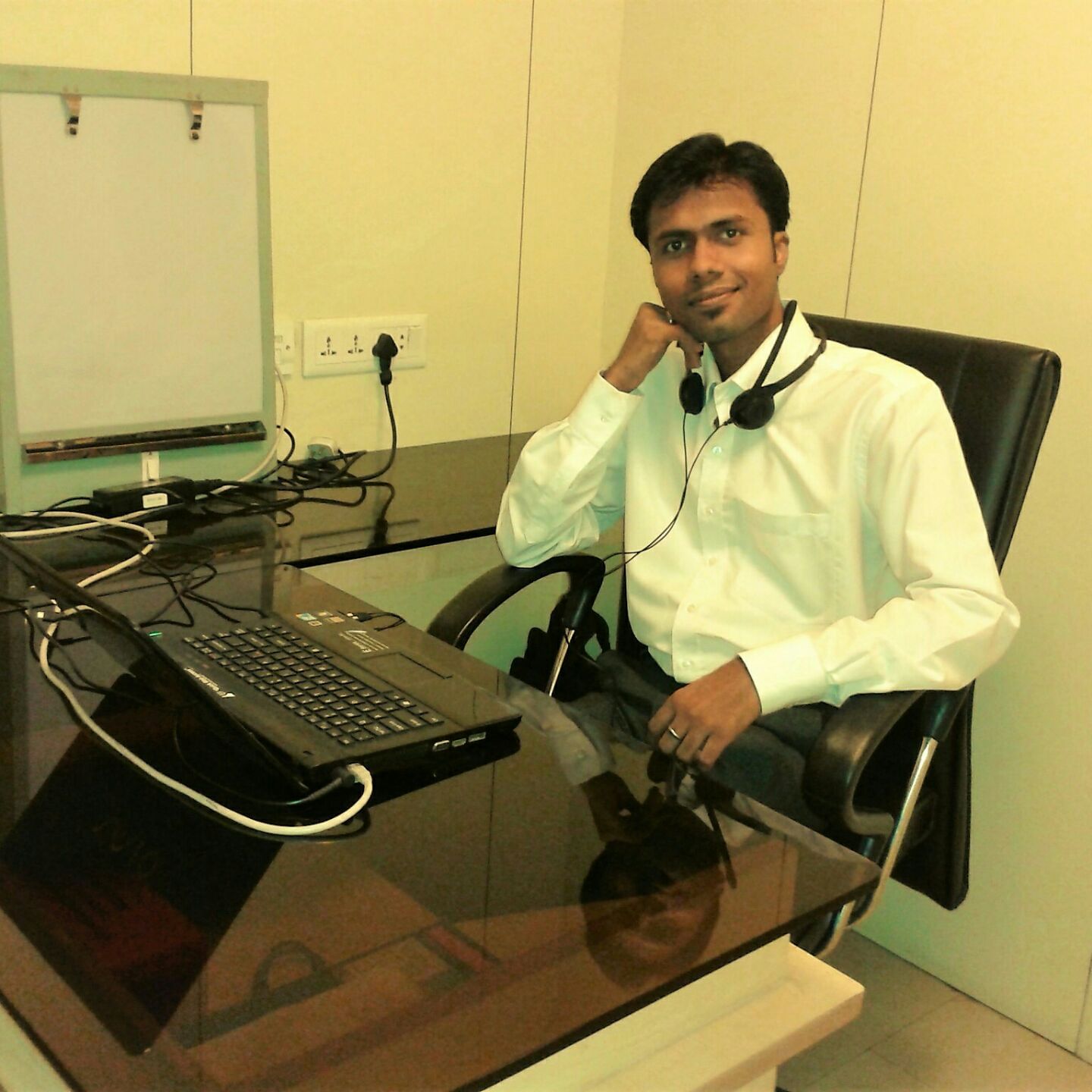Get the App
For Doctors
Login/Sign-up
About
Health Feed
Find Doctors
Health Packages
AllQ&AsTipsQuizzes
Deviated Septum Health Feed
Asked for male, 21 years old from Belgaum
Share
Bookmark
Report
No generally dns doesn't have any relationship with motion sickness, if you do have any resp difficult or sneezing or any breathing difficulty then you can go for surgery,
93 people found this helpful
Health Query
Share
Bookmark
Report
Well sinusitis can be another cause, dns is one of the cause, you should visit a ent surgeon for this purpose.
9 people found this helpful
Asked for male, 23 years old from Bangalore
Share
Bookmark
Report
Yes dns can indirectly cause headache etc. 1. Do saline gargles daily.
2. Whenever possible do steam inhalation also.
3. Cover your nose and mouth with hanky for at least 30 sec when you go in dusty areas also when you go in and out of ac. As our nose is the most sensitive part of our body, when there is temperature difference between two rooms or inside n outside, then if we not protect our nose, it gets affected.
4. Drink hot liquids --hot liquids relieve nasal congestion, prevent ...more
2. Whenever possible do steam inhalation also.
3. Cover your nose and mouth with hanky for at least 30 sec when you go in dusty areas also when you go in and out of ac. As our nose is the most sensitive part of our body, when there is temperature difference between two rooms or inside n outside, then if we not protect our nose, it gets affected.
4. Drink hot liquids --hot liquids relieve nasal congestion, prevent ...more
Health Query
Share
Bookmark
Report
1. Do saline gargles daily.
2. Whenever possible do steam inhalation also.
3. Cover your nose and mouth with hanky for at least 30 sec when you go in dusty areas also when you go in and out of ac. As our nose is the most sensitive part of our body, when there is temperature difference between two rooms or inside n outside, then if we not protect our nose, it gets affected.
4. Drink hot liquids --hot liquids relieve nasal congestion, prevent dehydration, and soothe the uncomfortably i...more
2. Whenever possible do steam inhalation also.
3. Cover your nose and mouth with hanky for at least 30 sec when you go in dusty areas also when you go in and out of ac. As our nose is the most sensitive part of our body, when there is temperature difference between two rooms or inside n outside, then if we not protect our nose, it gets affected.
4. Drink hot liquids --hot liquids relieve nasal congestion, prevent dehydration, and soothe the uncomfortably i...more
12 people found this helpful
Health Query
Share
Bookmark
Report
Well this may be due to sinusitis ,,it's due to infection I think,, by proper homeopathic treatment it is very much curable
46 people found this helpful
Asked for male, 32 years old from Kolkata
Share
Bookmark
Report
Health Query
Share
Bookmark
Report
Take Homoeopathic Medicine
Ars Iod 30.
See if.it helps.
You can consult me at lybrate for Homoeopathic treatment.
Ars Iod 30.
See if.it helps.
You can consult me at lybrate for Homoeopathic treatment.
54 people found this helpful
Asked for male, 25 years old from Muzaffarpur
Share
Bookmark
Report
Dear lybrate-user, dns is a surgical indication, hence there is no role of medicines. In your case since the dns is mild there should not be any problem at all. Leave it as it is.
14 people found this helpful
Asked for male, 40 years old from Delhi
Share
Bookmark
Report
Asked for male, 33 years old from Delhi
Share
Bookmark
Report
U have sinusitis but why do you fell down suddenly needs to be investigated. What medicines were you taking, may be its side effects of those. Also do you suffer from cold, sneezing n headache etc. I need details. 1. Do saline gargles daily.
2. Whenever possible do steam inhalation also.
3. Cover your nose and mouth with hanky for at least 30 sec when you go in dusty areas also when you go in and out of ac. As our nose is the most sensitive part of our body, when there is temperature dif...more
2. Whenever possible do steam inhalation also.
3. Cover your nose and mouth with hanky for at least 30 sec when you go in dusty areas also when you go in and out of ac. As our nose is the most sensitive part of our body, when there is temperature dif...more
Book appointment with top doctors for Deviated Septum treatment
View fees, clinic timings and reviews
Ask a free question
Get FREE multiple opinions from Doctors
posted anonymously









